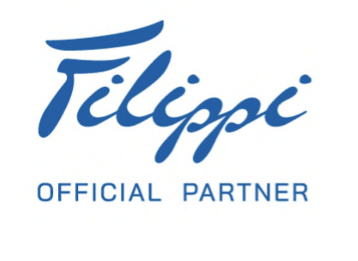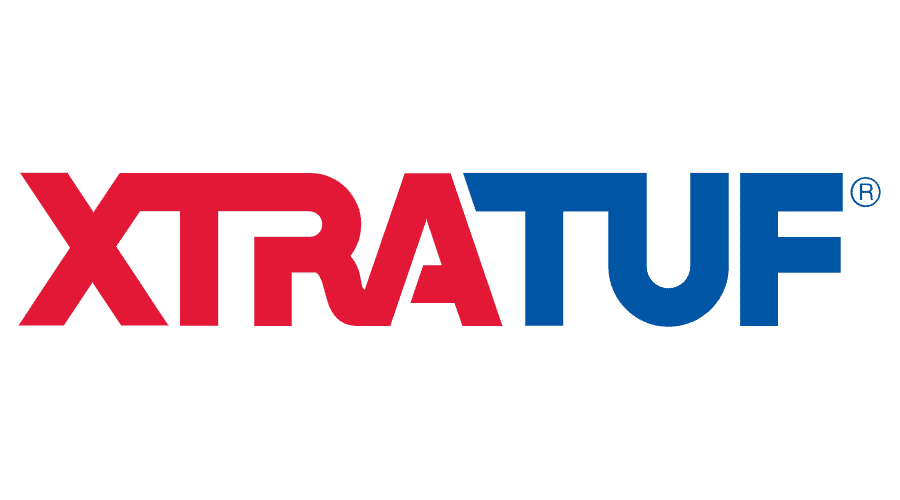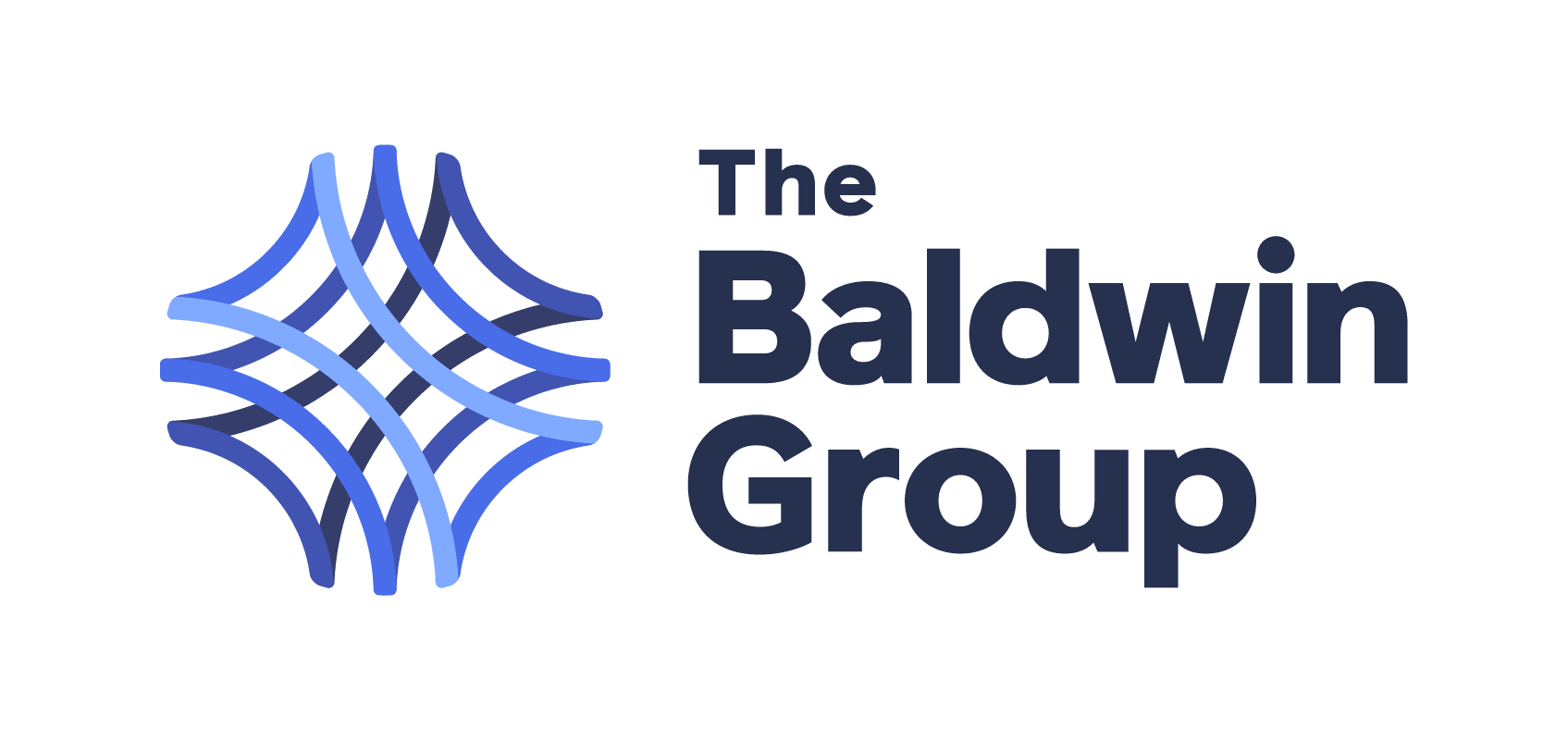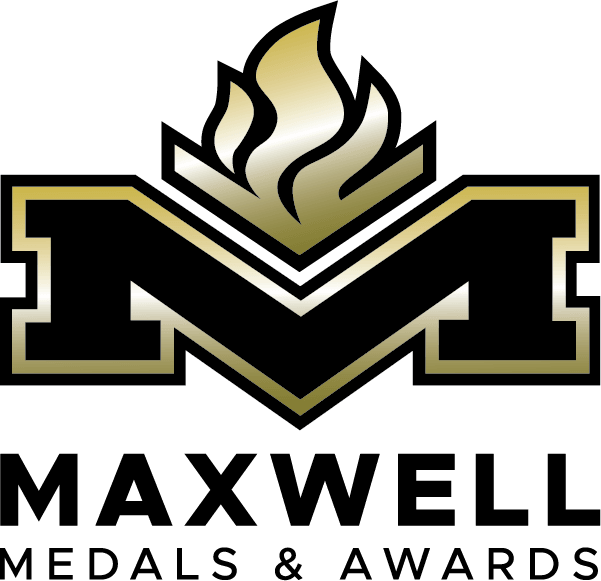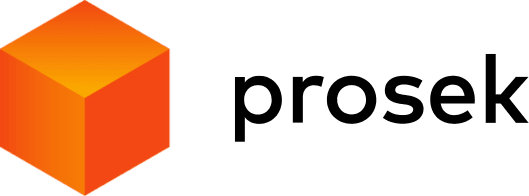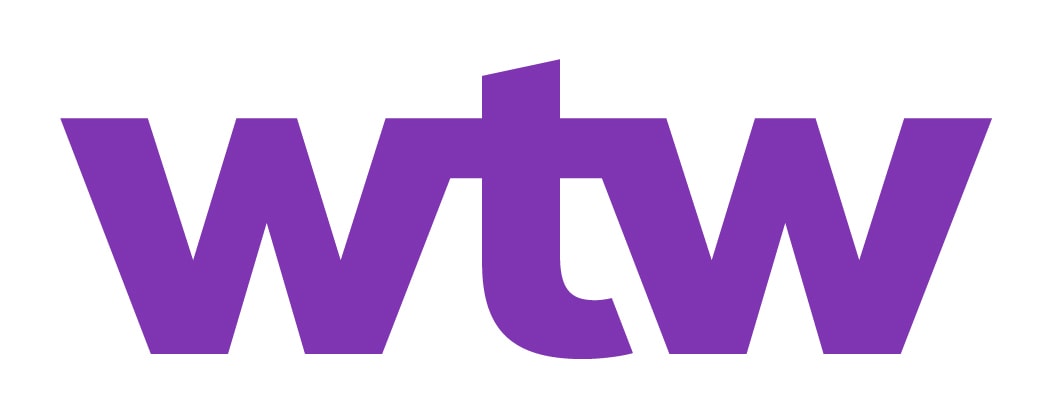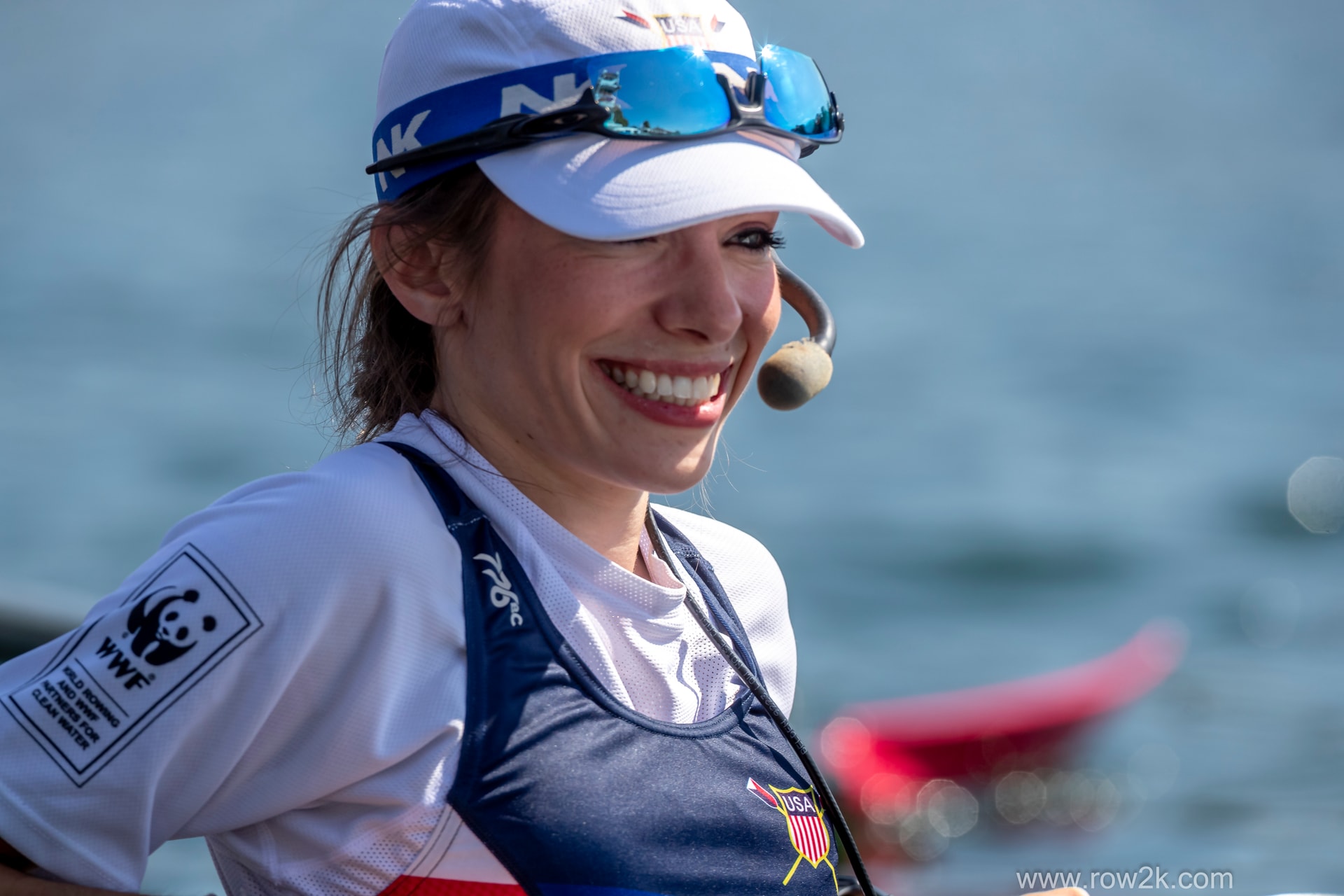
Aug 16, 2024
Team USA
Emelie Eldracher on Coxing Para Rowing, Turning Firsts Into Baselines
Yesterday, a reporter from NBC asked me to introduce myself: “Hi, I’m Emelie. I’m a coxswain for the USA PR3 4+ and a NCAA Division I Men’s team. I’m also a graduate student at MIT.”
She then followed with, “What does it mean to you to be a non-Para classified athlete on the Para national team?”
When I generally think about my role, it’s simply one of five. But she was right, and I had seconds to fit a tumbling multitude of thoughts into coherent words.
In that moment, I noted how fortunate I am to be a part of a young, momentum-gaining pipeline of talented athletes intent on growing and going fast. I continued with how my favorite part of the sport is that rowing is for anyone at any time. Our age, ability, and experiences only add to what we can bring to a team.
But there’s a deeper significance. Since my first PR3 four with coxswain race at Canadian Henley in 2019, I hoped to be a part of the mission of the U.S. Para Rowing team. That race is the first Para event to be elevated to trophy championship status at the Royal Canadian Henley Regatta. On this team, I am honored to be a part of many firsts.
Our director, Ellen Minzner, champions the philosophy, “What benefits Para benefits everyone.” Insights gained from Para research drive advancements for the performance of all athletes. Our world is on edge of groundbreaking research in Para athletics. As of last year, 17 research articles explored Para rowing, while PubMed lists 677 rowing-related papers. From the work we do on the water to the research I do at MIT, I hope to not only be a part of, but also influence, these firsts.
My day begins at 6 a.m., coxswain recording looping in the background. There’s nothing like surveying the crisp Charles water with coffee in hand, but I place it down to hit our standing shove. My MIT men’s heavyweight boat kicks Cambridge away, exhaling the chatter and intensity of campus. After five years on the women’s openweight team, including one as captain, I switched from women’s to men’s rowing for this year. In the U.S. PR3 four with coxswain, half of our boat competes on women’s collegiate teams and the other half on men’s. I wanted to experience working with both men’s and women’s squads to better understand my entire boat’s experience in a mixed crew.
Following breakfast with the team, my roommate and I meet to walk into work. As we step into the MIT Sports Lab, we’re hit with a familiar hum of innovation. I get to work on two projects for the lab, one performance-material related and one Para-rowing related.
My research goal is to help design the best fabric for athletic performance in the world. I investigate hot and humid conditions where athletes continuously sweat. In these circumstances, it’s the material that evaporates sweat most effectively that will help athletes the most. Fabric samples, tripods, pipettes, and a fish tank coat my desk. This research is especially meaningful to me because many Para athletes require further cooling systems to help with heat dissipation. If I can add to the field in any way, I want to be a part of it.
Then, I open my code. The second project I delve into is tracker-less, AI-powered stroke analytics. Using iPhone and World Rowing footage, I perform joint tracking on various Para rowing footage. This means I take a rowing video, run it through an AI model to find the 3D joints of the athlete, overlay the resulting skeleton, and plot the velocity/acceleration of each joint. I work to refine the insights, analyzing stroke length via the wrist joint and wattage output using the erg drag factor. I hope that this tool will uncover biomechanics podium trends that haven’t yet been unveiled.
Time for our next practice. Trading the Basin for Anderson Bridge, I meet the Paralympic team to begin our row. Ben has just gotten off an energy call for work, and Gemma just finished an exam. Alex seat raced for Tufts this morning, while Sky unpacked. Sky relocated from Virginia to Boston immediately following final exams to train with us. My incredibly smart and focused teammates consistently push for the next level. Our coach, Tom, possesses a powerful talent for positive relentlessness. As a group, even the smallest step forward is appreciated while simultaneously pushed aside for the next advancement.
Maybe I will head back to the lab to run experiments, or maybe will I grab dinner with the team. I may walk to my favorite diner and watch an Aram Training video on YouTube. Perhaps I will spend the evening updating the website I designed for coxswains with resources I wish I’d had.
However the day ends, my hope is that we’ve found an edge. Maybe we reclaimed 0.01 of a second on one of my teams, made a breakthrough in athletic materials, or discovered another angle in biomechanics. Regardless, the goal remains the same: help turn a “first” into the new baseline.




